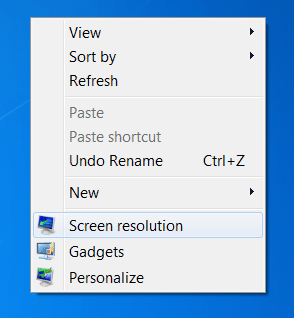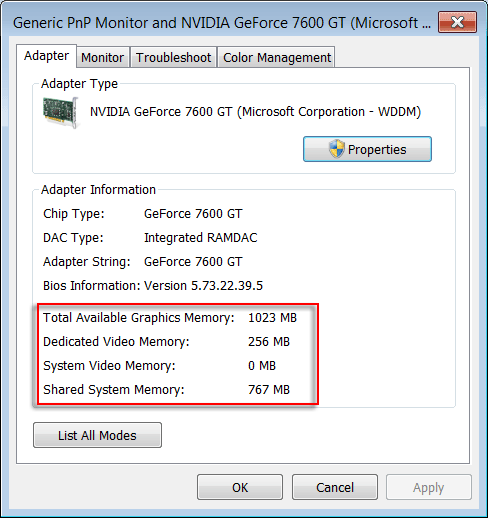-
×InformationNeed Windows 11 help?Check documents on compatibility, FAQs, upgrade information and available fixes.
Windows 11 Support Center. -
-
×InformationNeed Windows 11 help?Check documents on compatibility, FAQs, upgrade information and available fixes.
Windows 11 Support Center. -
- HP Community
- Notebooks
- Notebook Hardware and Upgrade Questions
- I can't to set the Bios memory

Create an account on the HP Community to personalize your profile and ask a question
06-22-2019 06:16 AM
I installed windows 10 home and increased the RAM to 8 GB. No hardware problems but in the BIOS I can't set the new memory value.
Solved! Go to Solution.
06-24-2019 06:02 PM
Thank you for posting your query on HP Community,
HP PC's uses a customized BIOS setting (Tattooed BIOS) of which some features including overclocking and increasing the VRAM are locked.
This is done in the best interest of safeguarding the PC for the optimal performance and not to cause any extensive component failure.
Follow these steps to view video memory information:
-
Right-click an open area of the desktop, then click Screen resolution.

The Screen Resolution window opens.
-
Click Advanced settings.
Figure : Screen Resolution

-
Click the Adapter tab.

The video memory information is displayed under Adapter Information:
-
Total Available Graphics Memory: A combination of all memory available for graphics. The system may not actually be using all of this memory, but it is available when requested.
-
Dedicated Video Memory: Memory set aside for the exclusive use of the graphics adapter.
For Integrated Graphics Cards, this memory is set aside by the BIOS and is subtracted from system memory before Windows 7 is loaded. Windows 7 does not report this as part of total system memory.
For Discrete Graphics Cards, this is the memory that is on the graphics card. It is not subtracted from system memory.
-
System Video Memory: A fixed memory allocation that is subtracted from system memory after Windows 7 loads. Windows 7 reports this as part of total system memory. It is available to software programs.
-
Shared System Memory: An additional pool of memory that may be dynamically allocated and released as needed. This memory is available to programs and may be used for graphics if required.
-
You can't increase the video memory per-se, but you can allocate more virtual memory for your computer to use.
To do this, click start, right click computer>Properties>advanced system settings>advanced>performance>advanced>(virtual memory)>change>
click custom size and enter the size of hard drive space you would like to allocate to virtual memory. I would recommend and initial size of 10000mb and a maximum size of 20000mb. Click apply and reboot your system.
Let me know how it goes!
Please click “Accept as Solution” if you feel my post solved your issue, it will help others find the solution.
Click the “Kudos, Thumbs Up" on the bottom right to say “Thanks” for helping!
Jeet_Singh
I am an HP Employee
